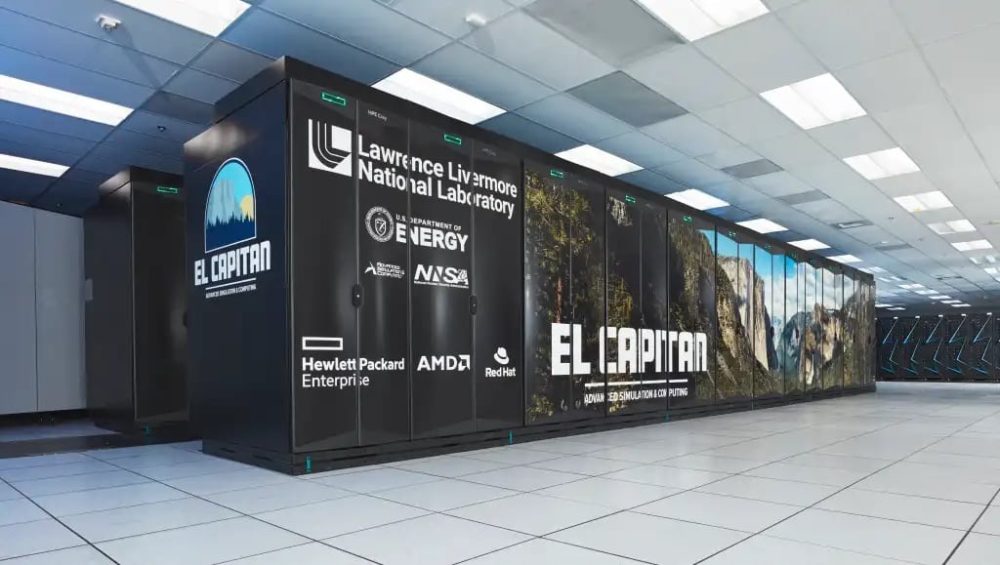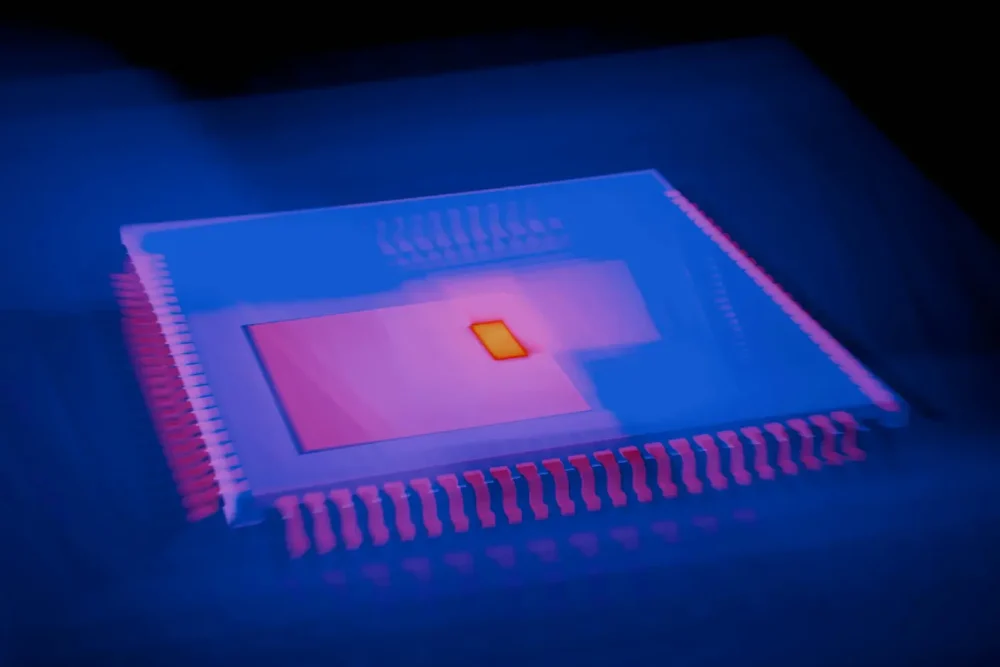The United States has a new technological crown jewel: El Capitan, the world’s fastest supercomputer, now officially clocking in at a staggering 1.742 exaFLOPS, that’s 1.7 quintillion calculations per second. To put it into perspective, if every human on Earth did one calculation per second, it would take nearly 7 million years to match what El Capitan does in a single second.
Unveiled in February 2025 at the Lawrence Livermore National Laboratory (LLNL), the $600 million system is not just a scientific marvel but a geopolitical power move. Its primary mission? Supporting the U.S. nuclear stockpile program, ensuring the reliability of the arsenal without live testing. But beyond defense, El Capitan is a launchpad for breakthroughs in AI, climate research, material science, and medicine.
America’s Triple Threat
El Capitan now leads the exascale charge, but it isn’t alone. The U.S. has assembled a supercomputing trinity:
- El Capitan (1.742 exaFLOPS): Built by Hewlett Packard Enterprise using AMD EPYC CPUs and Instinct MI300A accelerators, connected by the Slingshot-11 network. It’s not just about raw power; it excels in real-world workloads, also topping the HPCG benchmark.
- Frontier (1.353 exaFLOPS): Once the reigning champ, it was the first computer to smash the exascale barrier in 2022. Still a powerhouse for energy, astrophysics, and biosciences.
- Aurora (1.012 exaFLOPS): A different beast, blending AI and simulation with Intel’s Xeon and GPU Max accelerators. It’s the go-to for fusion studies, climate modeling, and even large-scale language models.
Together, these machines form an American computational strike force, dominating the TOP500 list and signaling that the U.S. is not about to let rivals catch up.
Europe Joins the Arena
Across the Atlantic, Europe has finally landed a heavyweight contender: the JUPITER Booster, Germany’s new flagship, which achieves 793 petaFLOPS (just shy of exascale). Powered by NVIDIA’s Grace-Hopper Superchips and the BullSequana XH3000 platform, JUPITER is part of the EuroHPC initiative, a bold statement that Europe is no longer content to sit on the sidelines.
It may not match El Capitan’s raw numbers, but it plants the EU firmly on the supercomputing map.
The Quiet Rivals: Japan and China
- Japan is already looking past exascale. Its upcoming Fugaku Next, expected around 2030, aims to reach zeta-scale, that’s 1,000 exaFLOPS, or a million trillion calculations per second.
- China, meanwhile, is playing a mysterious game. Absent from recent TOP500 rankings, it’s widely believed that the country already operates exascale-class systems, but keeps them off the public lists for strategic reasons. If true, the global race is fiercer than it looks on paper.
The Zeta-Scale Horizon
While El Capitan represents the peak of today’s engineering, the next milestone is zeta-scale computing. A thousand times more powerful than today’s machines, zeta systems could simulate entire planets, power general AI models, and solve problems so complex they’re currently beyond imagination.
Whoever gets there first won’t just have bragging rights; they’ll hold the keys to the next era of scientific discovery and national power.
Final Thought
El Capitan’s record-breaking performance cements the U.S. as the undisputed leader of the exascale era, for now. But in the shadows, Europe is rising, Japan is plotting, and China is hiding. The race is no longer about reaching exascale; it’s about what comes next. And with zeta-scale on the horizon, the question isn’t just who will win. It’s whether the world is ready for what comes after.


